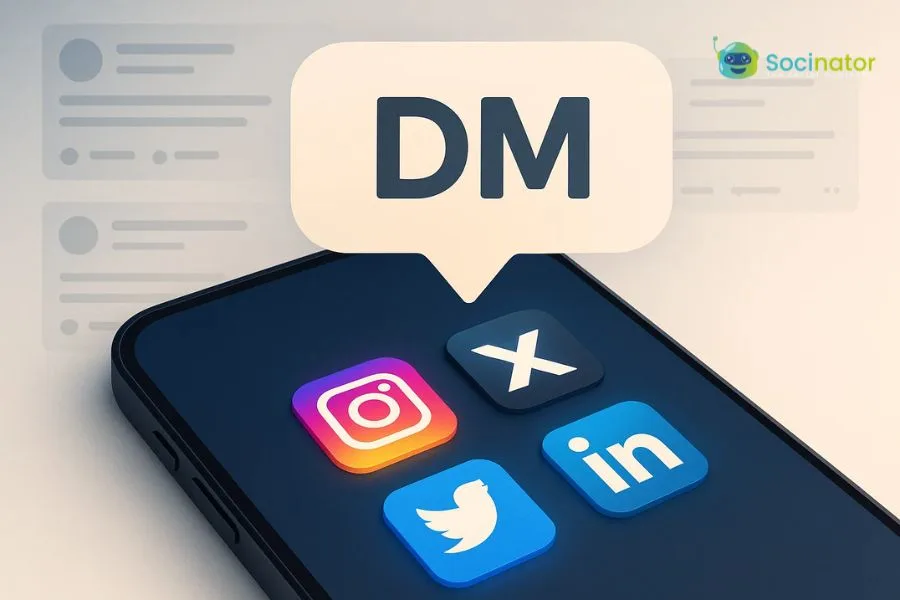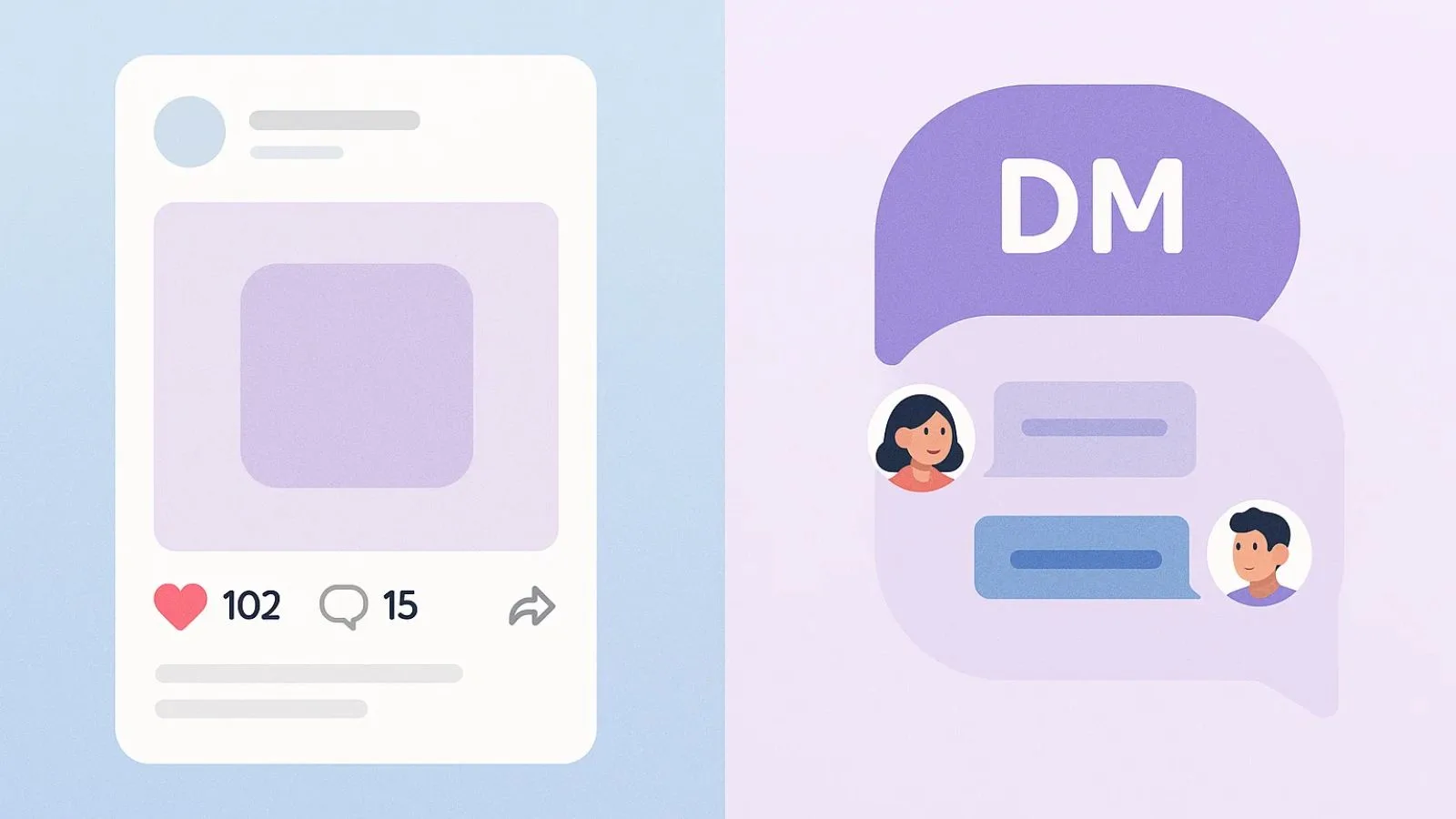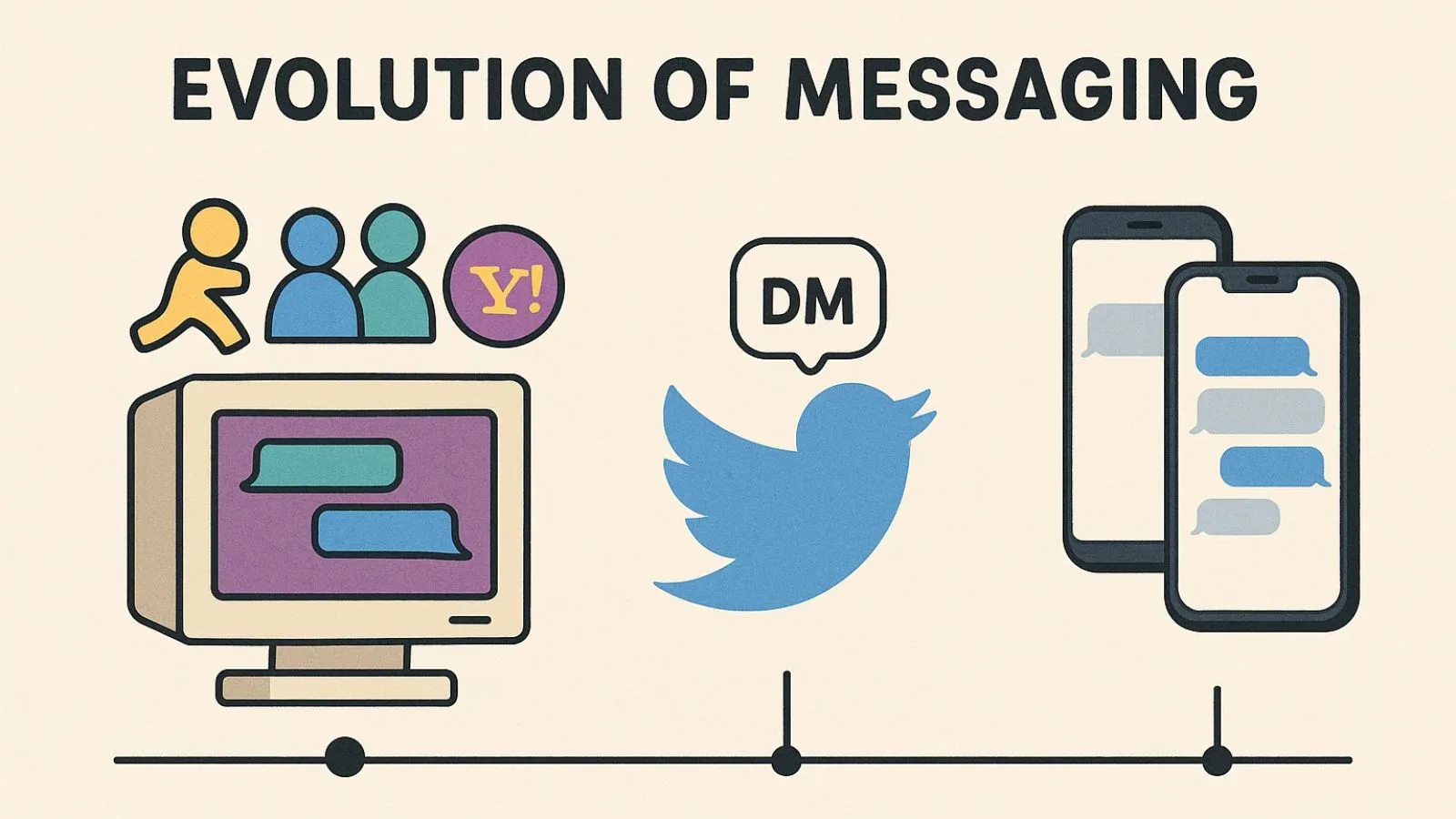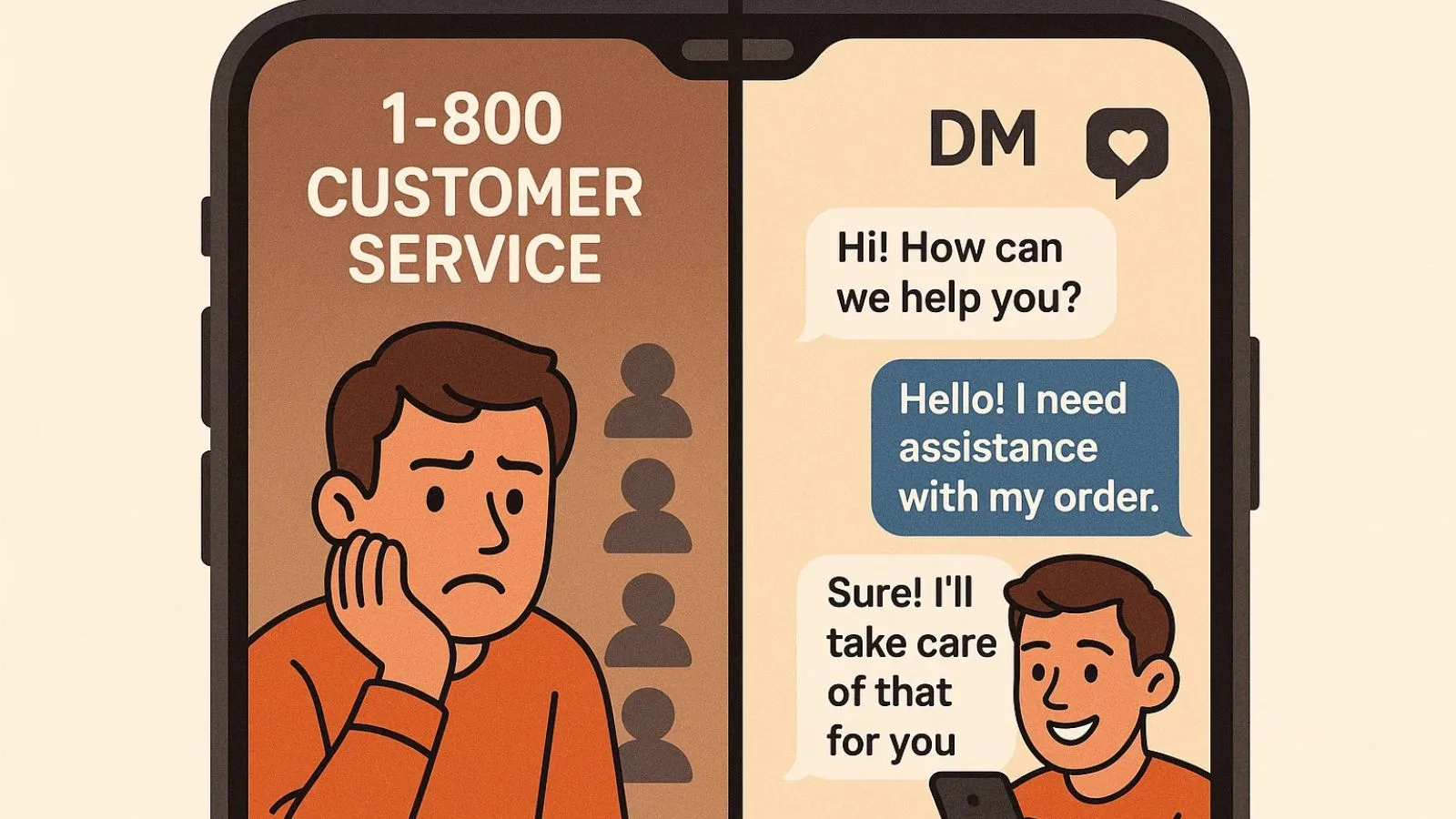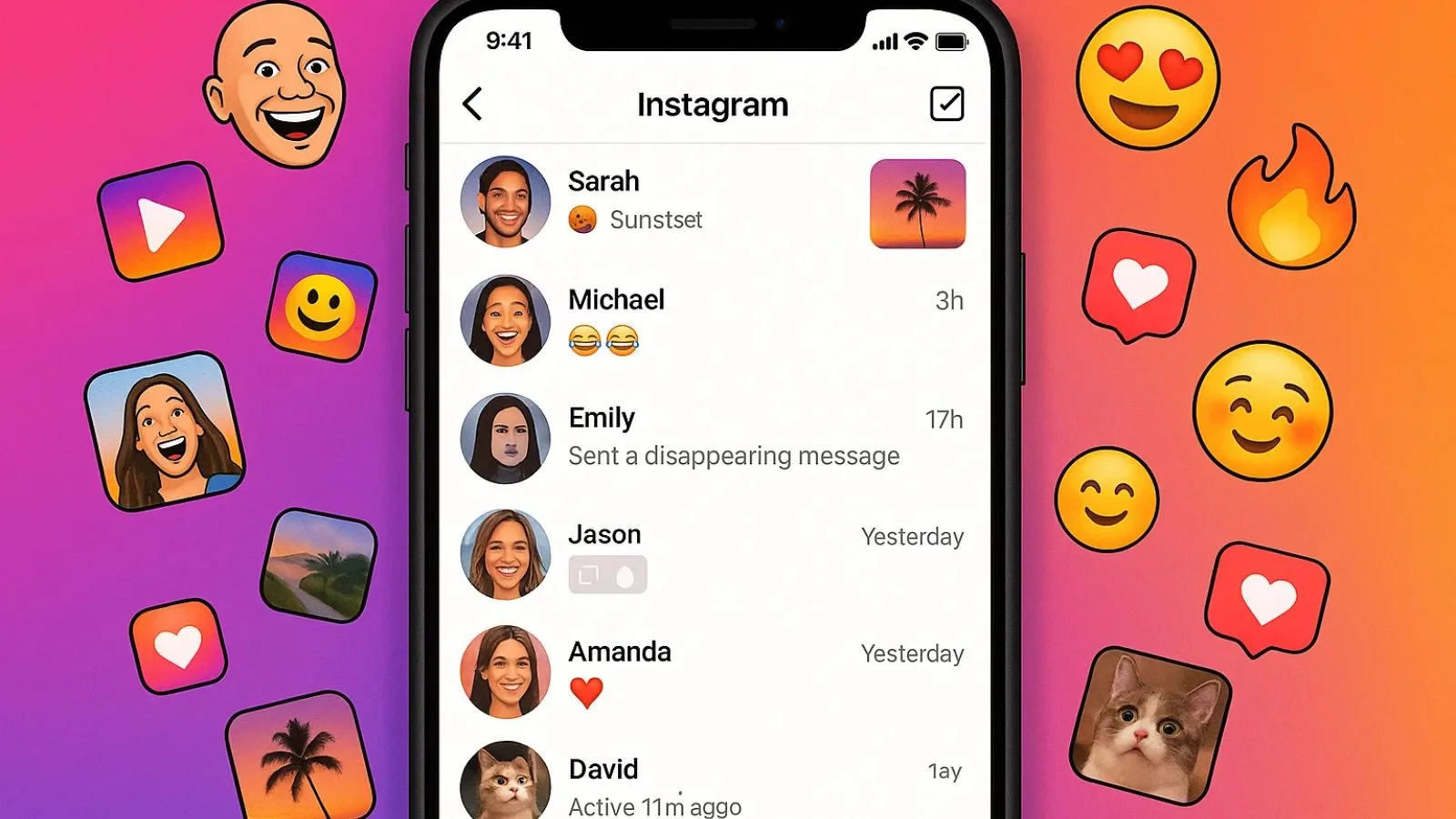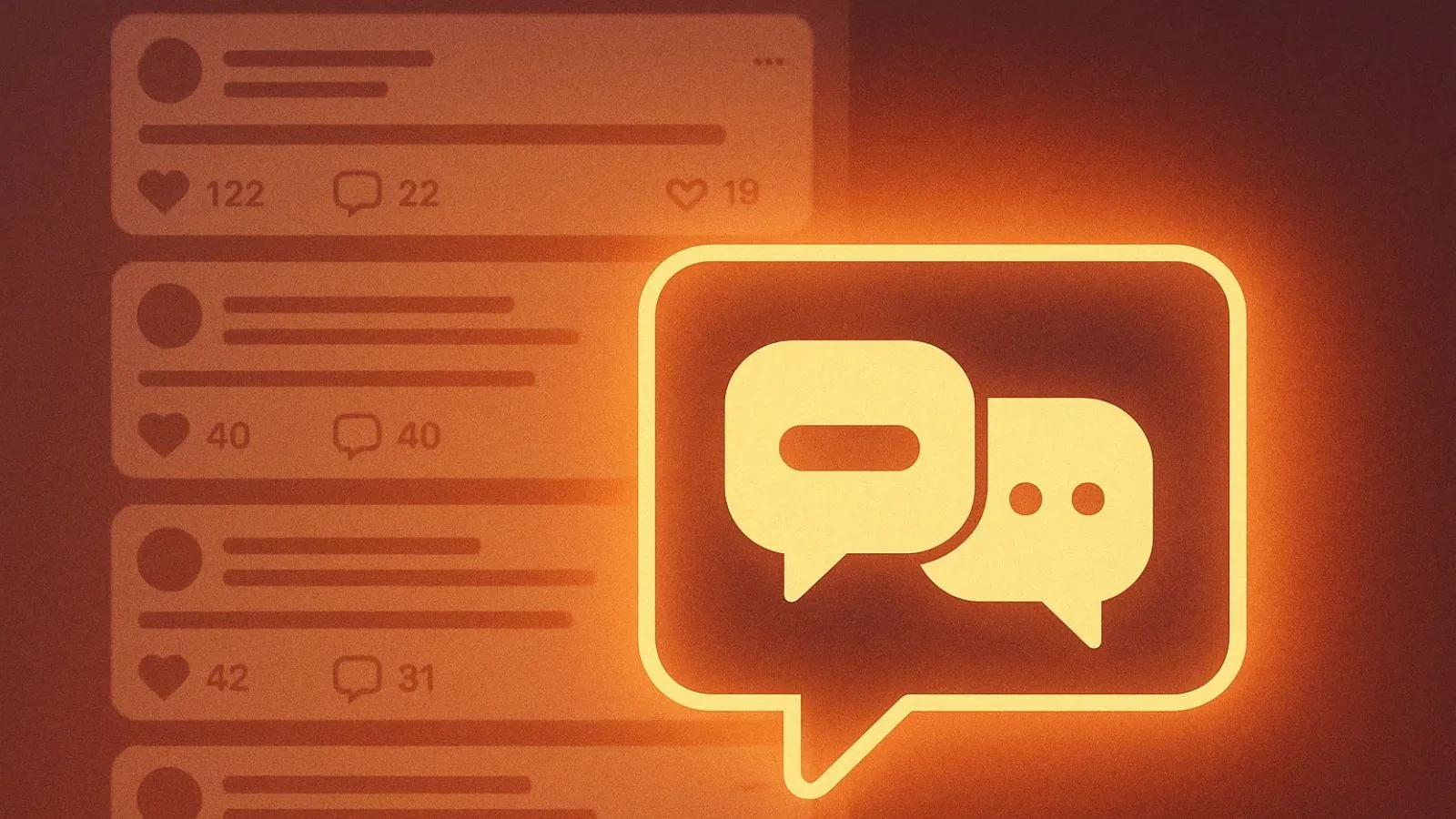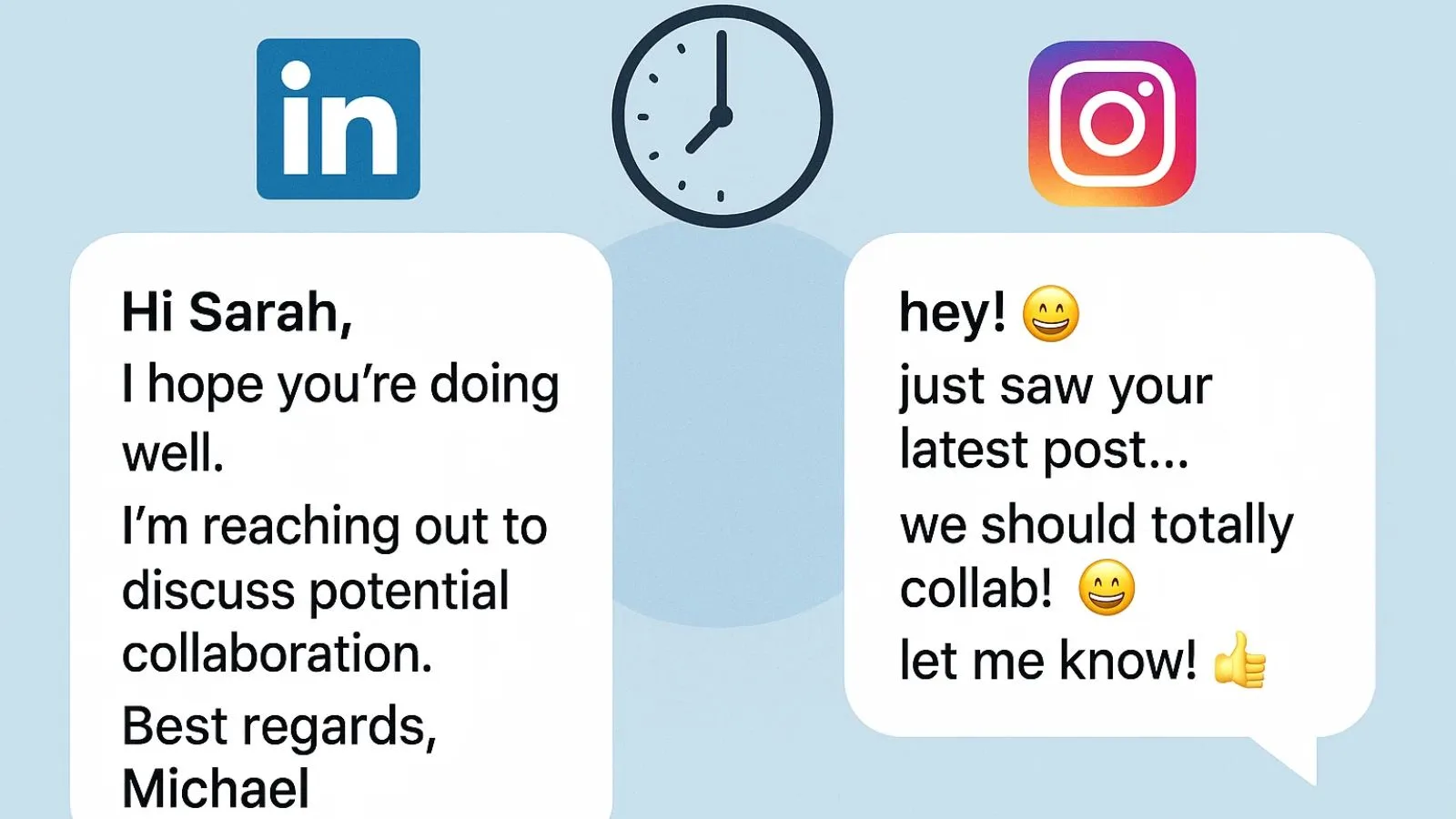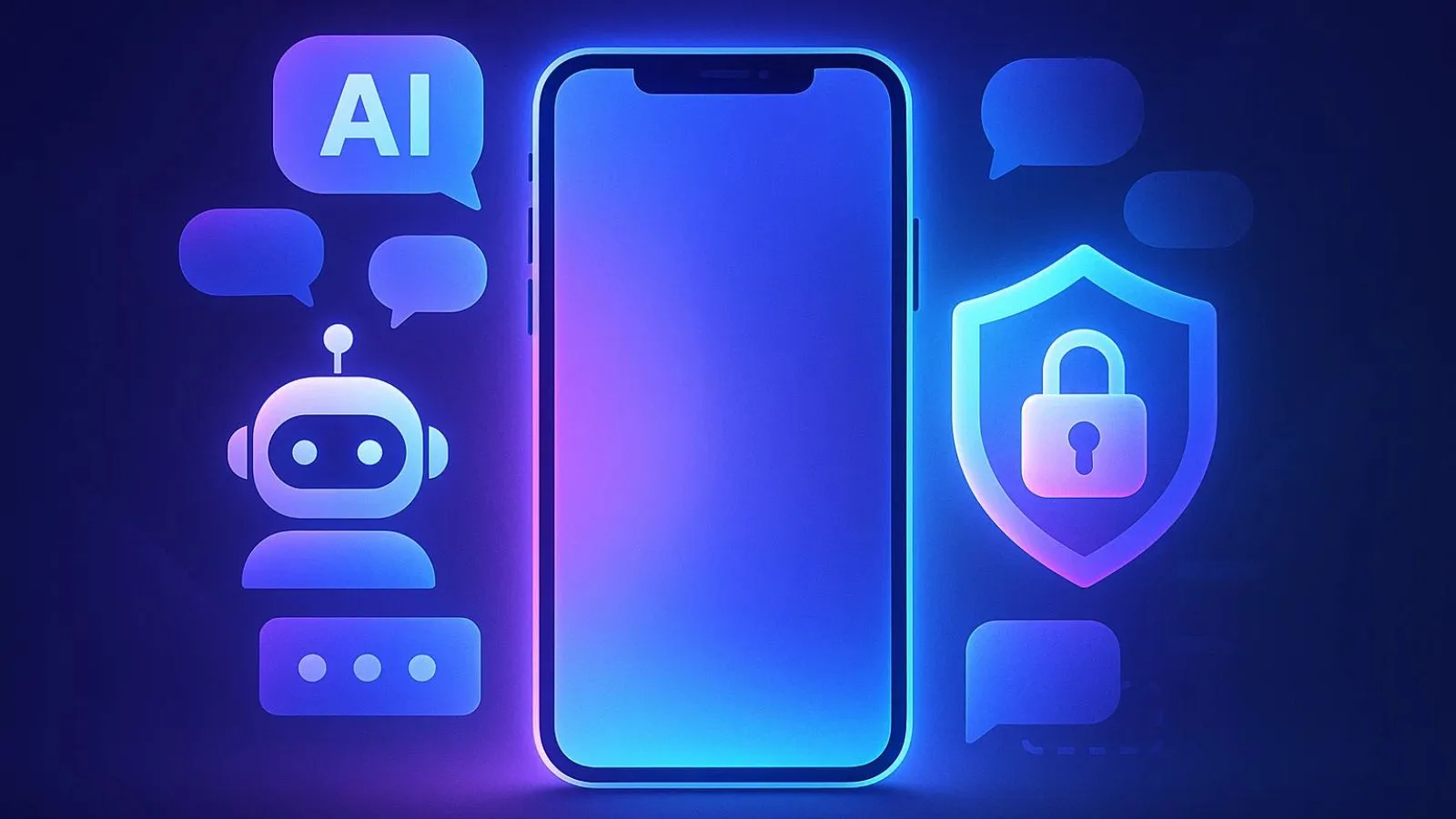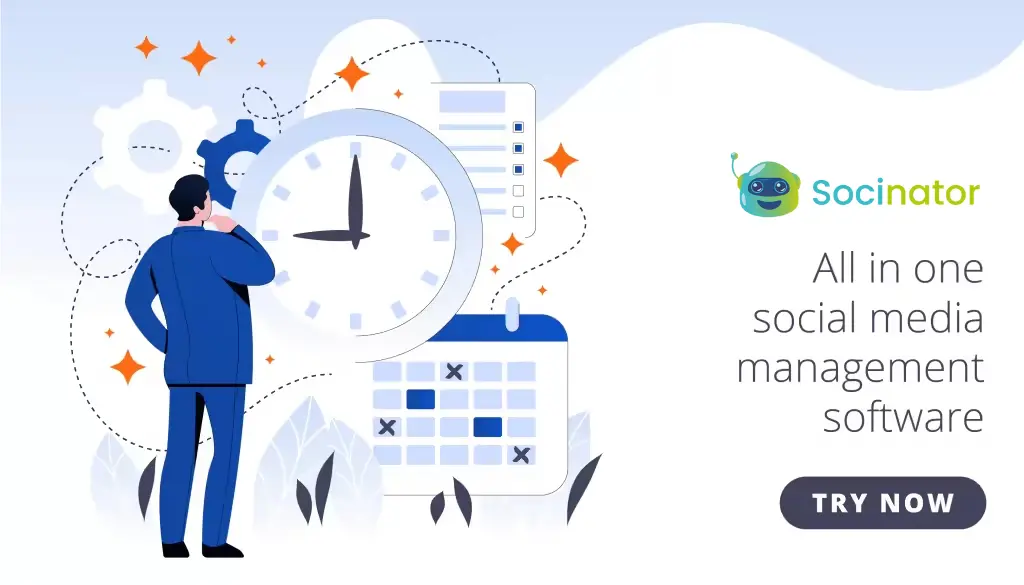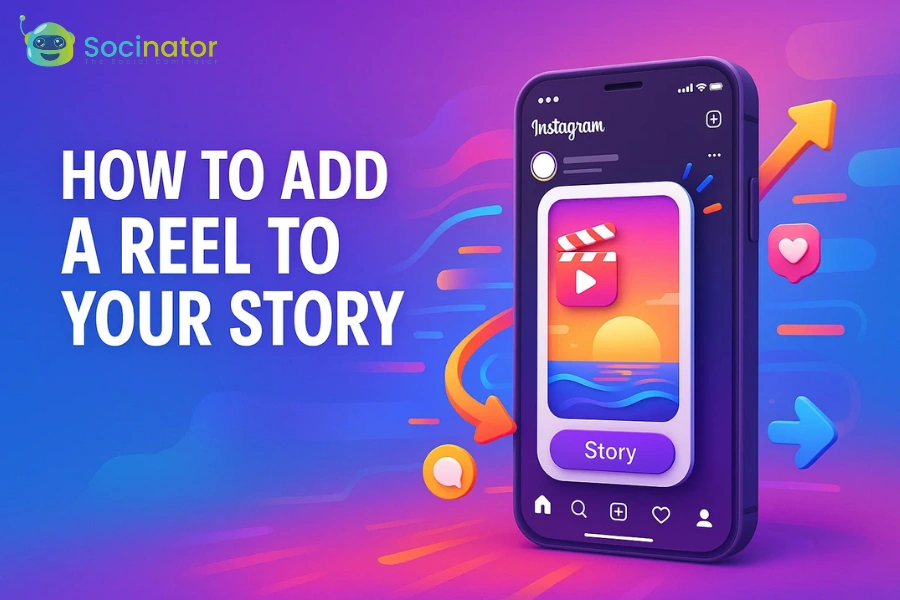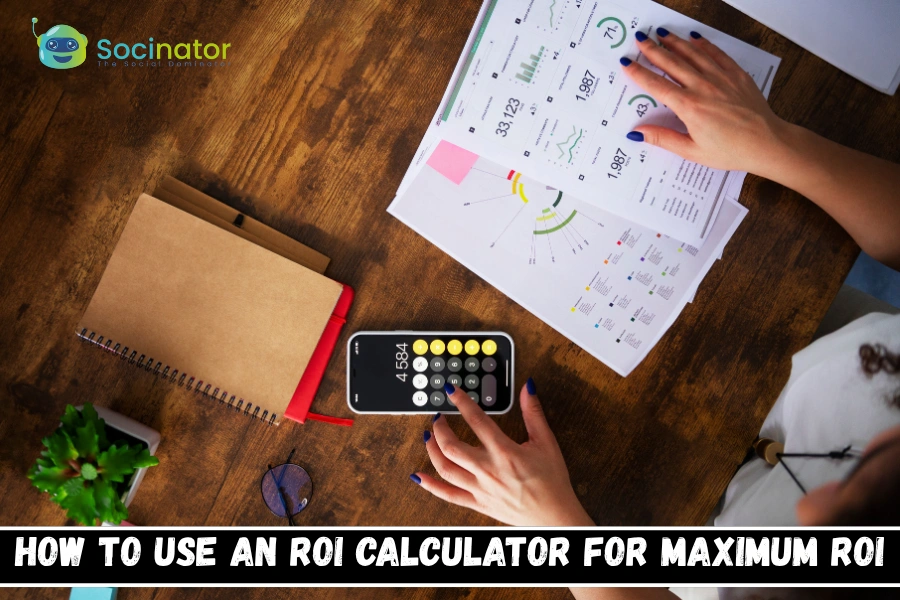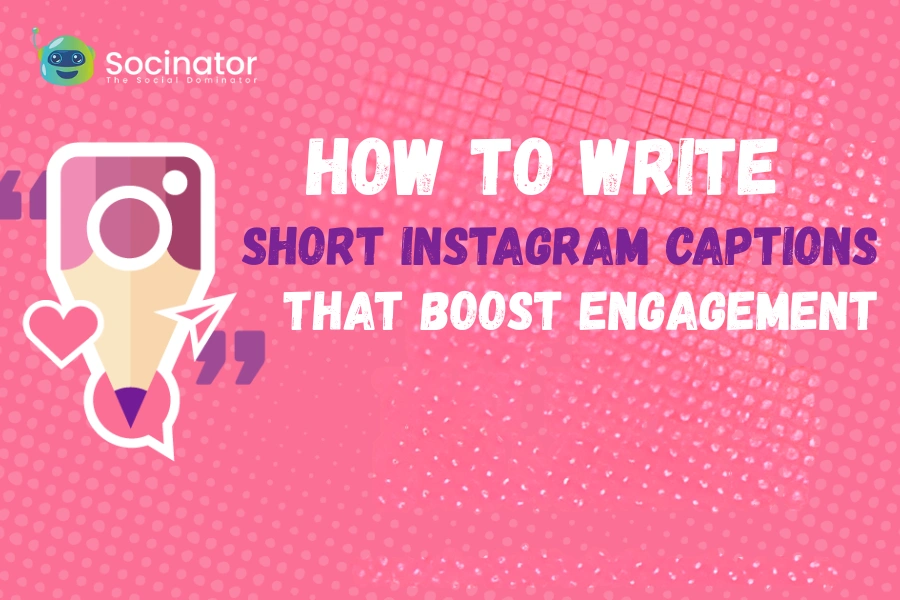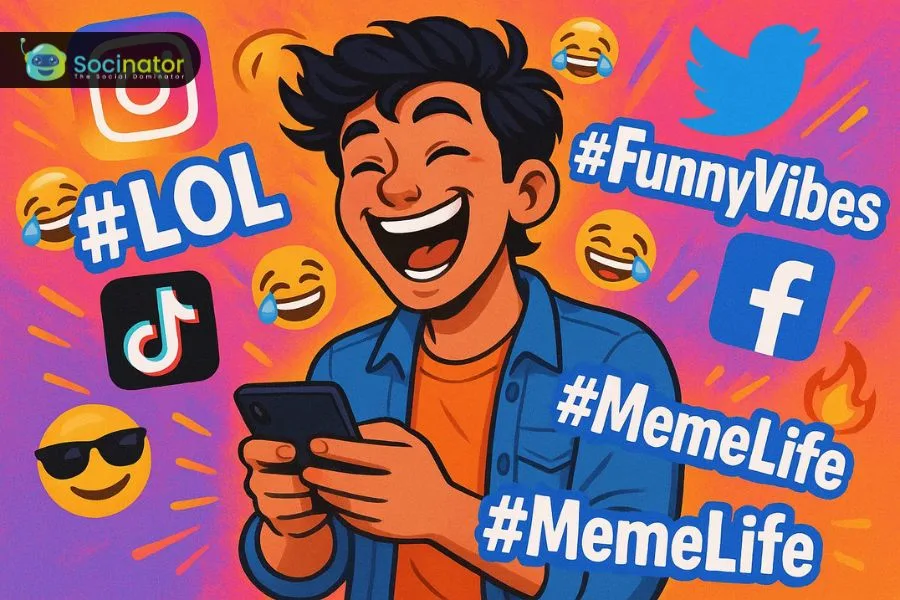Ever wondered what people mean when they say “just DM me”? You’re not alone. The DM meaning has become such a significant part of online communication that it’s hard to imagine social media without it.
But here’s the thing – direct messaging didn’t just add a new feature to our favorite apps. It completely changed the way we connect.
Think about it. Ten years ago, most of our online conversations happened out in the open – on Facebook walls, in Twitter replies, or through blog comments.
We slide into DMs like it’s the most natural thing in the world. Understanding DM’s meaning isn’t just about knowing what the letters stand for anymore.
It’s about understanding how these private little chat bubbles rewrote the rules of digital friendship, business, and even romance.
Listen Podcast Now:
What’s a DM Anyway? Breaking Down the Basics:
Let’s start simple. DM stands for “Direct Message” – essentially, it’s a private text message you send to someone on social media.
Unlike your regular posts that everyone can see, DMs are just between you and whoever you’re chatting with.
But when someone says “dm me meaning,” they’re asking for more than just a dictionary definition.
They want you to reach out privately instead of continuing the conversation where everyone else can see it.
It’s like tapping someone on the shoulder and saying, “Hey, can we talk over here for a sec?”
The beauty of understanding DM’s meaning is realizing how it permits us to be more personal online.
You might comment something casual on a friend’s photo, but then DM them to ask how they’re really doing after their breakup. Same platform, totally different vibe.
How We Got Here?, The Story Behind DMs:
The DM, meaning we know today didn’t happen overnight.
Back in the early 2000s, if you wanted to chat privately online, you had to use completely separate apps—think AIM, MSN Messenger, or Yahoo Chat. Social media was for sharing; messaging was for talking.
Twitter changed that game in 2006 when it introduced direct messages.
Suddenly, the meaning of DM expanded beyond just private communication—it became integrated social communication.
You could follow someone’s public thoughts and have private conversations with them, all in one place. This was huge. Before this, you might have read someone’s blog but never actually talked to them. With DMs, that blogger became someone you could actually reach out to.
The DM meaning started representing accessibility in a way we’d never experienced before.
When Instagram Joined the Party:
The DM meaning on Instagram really took things to the next level.
Instagram didn’t just copy Twitter’s homework; they reimagined what private messaging could be.
Photos, videos, stories, voice messages, suddenly, a DM could be anything you wanted it to be.
Instagram DMs made private sharing feel natural. Instead of posting a photo for everyone to see, you could send it directly to your best friend. The DM meaning on Instagram became about intimate sharing in a way that felt more genuine than public posts.
Today, businesses and influencers also leverage this feature for engagement. Many use tools to auto dm new followers on Instagram, creating instant, personalized connections and making followers feel welcomed the moment they join.
This modern approach shows just how far DMs have come—from simple private messages to powerful tools for building relationships online.
The Real Impact: How DMs Changed Everything?
Here’s where Per DM meaning gets really interesting.
Direct messages didn’t just add a new way to communicate – they created an entirely new communication pattern that didn’t exist before.
1. The Public-to-Private Pipeline:
Think about how you interact with people online now. Maybe you like someone’s post, then comment something funny.
If they respond well, you might slide into their DMs to continue the conversation.
This progression from public to private interaction has become so normal that we don’t even think about it.
This is what DM meaning really means – the bridge between being strangers who happen to follow each other and actually getting to know each other.
It’s the difference between being an audience member and being a friend.
2. Business Got Personal:
Companies quickly figured out that DM meaning extended way beyond personal chats.
Customer service through DMs became the norm because it felt more personal than calling a 1-800 number or filling out a contact form.
The dm message meaning in business contexts often involves solving problems, answering questions, or even making sales.
But it works because it feels like talking to a real person, not a faceless corporation.
I remember when brands started actually responding to DMs personally.
Getting a direct message from a company you liked felt special – like they actually cared about you as an individual customer, not just another number in their database.
Platform Personalities: How Each App Does DMs Differently?
Every social media platform has its own take on DM meaning, and honestly, that’s what makes each one unique.
1. Instagram: The Visual Storyteller
DM meaning in Instagram, is all about sharing moments.
Sure, you can send regular texts, but Instagram DMs shine when you’re sharing photos from your day, reacting to stories, or sending someone a funny meme you found.
Instagram also introduced disappearing messages, which added a whole new layer to DM meaning.
Suddenly, you could send something without worrying about it living forever in someone’s message history. It made DMs feel more spontaneous and authentic.
2. Twitter: The Conversation Starter
Twitter DMs have always felt more text-focused and conversational.
The DM meaning here often involves continuing discussions that started in public tweets, sharing articles privately, or just having deeper conversations than Twitter’s character limit allows.
What I love about Twitter DMs is how they’ve become networking goldmines.
People connect over shared interests in public tweets, then move to DMs to build actual professional relationships.
3. Facebook: The Everything App
Facebook Messenger took DM meaning and ran with it.
Video calls, voice messages, games, sending money – Messenger became less about messaging and more about connecting in every way possible.
The dm meaning in text through Messenger often extends to family group chats, event planning, and maintaining long-distance friendships.
It’s become the digital equivalent of your kitchen table – where real life happens.
The Psychology Behind the DM:
Understanding DM meaning means understanding why direct messages feel so different from public posts.
There’s something psychological happening when we move from public spaces to private ones online.
* The Intimacy Factor:
DMs create artificial intimacy. When someone sends you a direct message instead of just commenting publicly, it feels like they chose you specifically.
That small act of choosing private over public communication makes the interaction feel more meaningful.
* Permission to Be Real:
Public social media often feels performative – we’re all putting on our best face for our followers.
But DMs? That’s where we can drop the act a little.
The DM meaning includes this permission to be more authentic, more vulnerable, more human.
This is why DMs have become so important for maintaining real relationships through social media.
Your Instagram feed might be perfectly curated, but your DMs are where your actual personality lives.
When DMs Became a Business Tool:
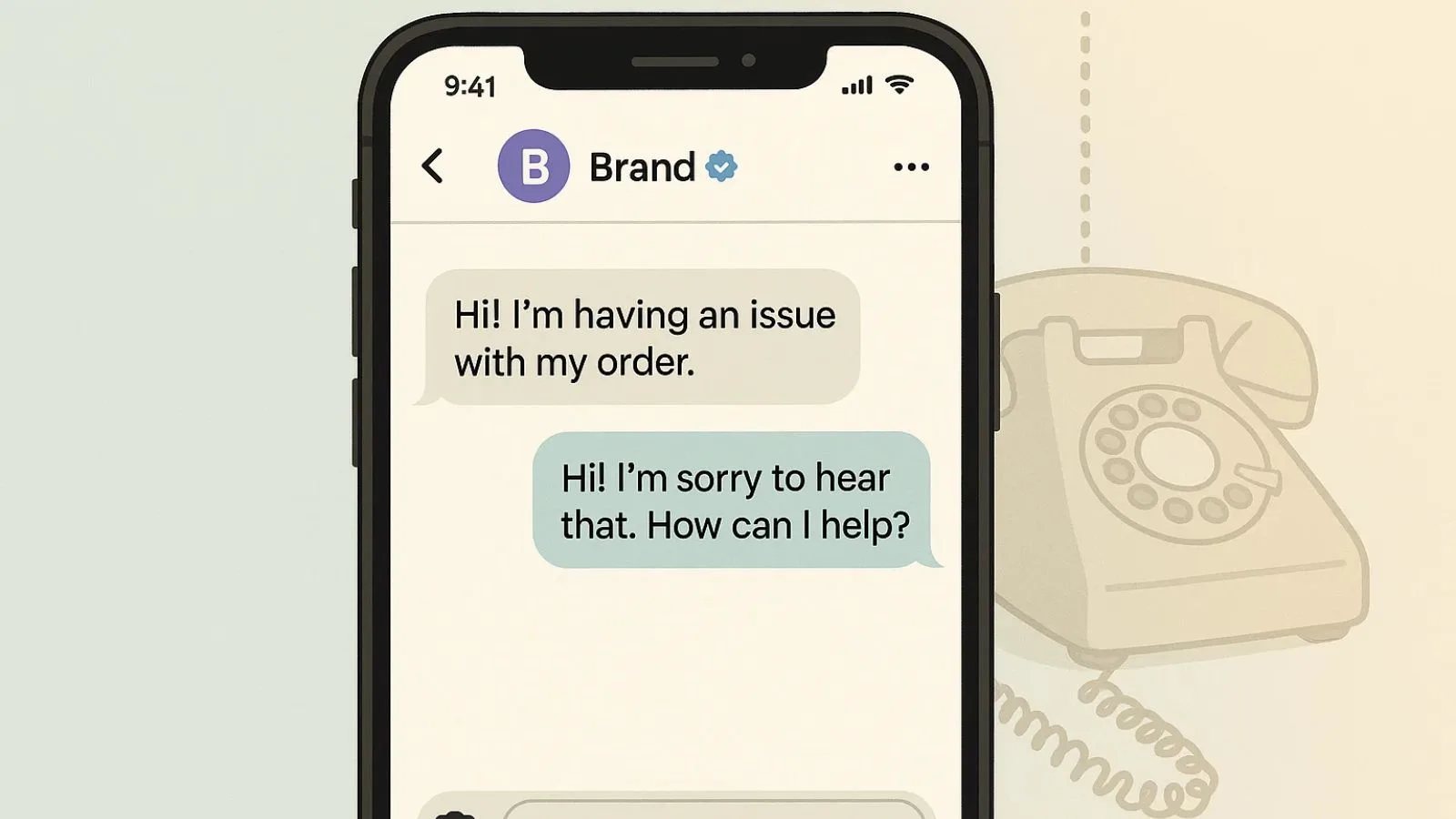 Smart businesses realized that DM’s meaning extended far beyond casual social interaction.
Smart businesses realized that DM’s meaning extended far beyond casual social interaction.
Direct messages became customer service channels, marketing tools, and sales pipelines all rolled into one.
1. The Customer Service Revolution:
Remember waiting on hold for customer service? DMs changed that game completely.
Now you can message a company about an issue and continue living your life while they respond.
The dm meaning in text for businesses often means providing support that feels personal and immediate.
2. Marketing That Doesn’t Feel Like Marketing:
The best part about DM marketing is that it can feel like a genuine conversation.
Instead of broadcasting ads to everyone, companies can have actual conversations with potential customers.
When done right, the DM message meaning in marketing feels helpful, not pushy.
Also Read:
Why and how to auto dm new followers on Instagram
7 Types Of Social Media Marketing You Must Know
Streamlining Your DM Game with Smart Tools:
Here’s the thing about DMs – they’re amazing for building connections, but managing hundreds of them can be overwhelming.
Whether you’re running a business or just trying to stay on top of your social life, sometimes you need help staying organized.
Meet Socinator: Your DM Management Hero
If you’re serious about leveraging direct messages for business growth, Socinator is a game-changer.
This powerful platform works as both an Instagram automation tool and Facebook automation tool, helping you manage DMs without losing that personal touch.
Here’s what makes Socinator special for DM management:
For Instagram:
- Welcome new followers with personalized DMs automatically
- Set up smart auto-replies for common questions
- Schedule DM campaigns that feel natural, not robotic
- Track which messages get the best responses
- Manage multiple Instagram accounts from one dashboard
For Facebook:
- Automate Messenger responses while you sleep
- Create sequences that nurture leads through private messages
- Handle customer service inquiries efficiently
- Generate leads through targeted DM campaigns
- Integrate with your existing marketing tools
The beauty of Socinator is that it handles the tedious stuff while keeping your messages feeling human.
You can focus on building real relationships while the tool ensures nobody gets forgotten in your inbox.
Whether you’re an entrepreneur trying to scale customer service, an influencer managing fan interactions, or a small business owner looking to boost sales through personal connection, Socinator helps you maximize the power of DM meaning without burning out.
DM Etiquette: The Unwritten Rules:
As DM’s meaning evolved, so did the social rules around using them properly. Nobody taught us these rules – we all just figured them out together.
The Professional DM Dance:
What is the meaning of dm in professional contexts?
It’s all about reading the room. LinkedIn DMs should sound different than Instagram DMs.
Timing matters too – sliding into someone’s DMs at 2 AM hits differently than messaging during business hours.
The best professional DMs feel conversational but respectful.
They acknowledge that you’re essentially asking for someone’s time and attention, so they better be worth it.
Personal DM Guidelines We All Follow:
For personal DMs, the rules are softer but still important. Don’t screenshot private messages without permission.
Don’t leave someone hanging if they shared something vulnerable. And please, for the love of all that’s holy, don’t send unsolicited photos nobody asked for.
What’s Next for Direct Messages?
The DM meaning keeps evolving as technology gets smarter and we get more creative about how we connect online.
AI is Getting Involved:
Soon, AI might help us write better DMs, translate messages in real-time, or even manage our inboxes more intelligently.
But the core DM meaning – that desire for personal, private connection – will probably stay the same.
Privacy is Getting Serious:
As we share more personal stuff through DMs, platforms are adding better privacy features.
End-to-end encryption, disappearing messages, and better control over who can message us are becoming standard.
The future DM meaning will likely involve even more privacy and security, which, honestly, we all need.
Wrapping It All Up:
Understanding DM’s meaning goes beyond knowing it stands for “Direct Message.”
These private chat bubbles transformed how we build relationships and connect online.
Direct messages created pathways from public interaction to private connection that never existed before.
Whether you’re sliding into DMs for friendships, business, or checking on friends, DMs have become the most authentic part of social media.
The DM meaning represents our creativity in connecting digitally.
What started as simple messaging became an entire communication ecosystem.
So next time someone says “just DM me,” remember you’re participating in a communication revolution.
Pretty amazing for something that started as just wanting to send a private message, right?
Your Most Asked DM Questions:
Q1: What exactly does DM stand for?
A: DM stands for “Direct Message” – it’s a private message you send to someone on social media that only you and they can see.
Q2: Can strangers send me DMs?
A: It depends on your settings. Most apps let you choose who can message you – everyone, just people you follow back, or only your friends. Check your privacy settings to control this.
Q3: How do I know if someone read my DM?
A: Most platforms show “read” indicators or timestamps showing when someone opened your message. Some people turn these off for privacy, though.
Q4: Is it weird to DM someone I don’t know well?
A: Not at all! DMs are designed for reaching out. Just be respectful and have a good reason for messaging. Most people appreciate thoughtful DMs, even from acquaintances.
Q5: Are my DMs actually private?
A: They’re private from other users, but the platform itself can usually access them. For maximum privacy, look for apps with end-to-end encryption.

